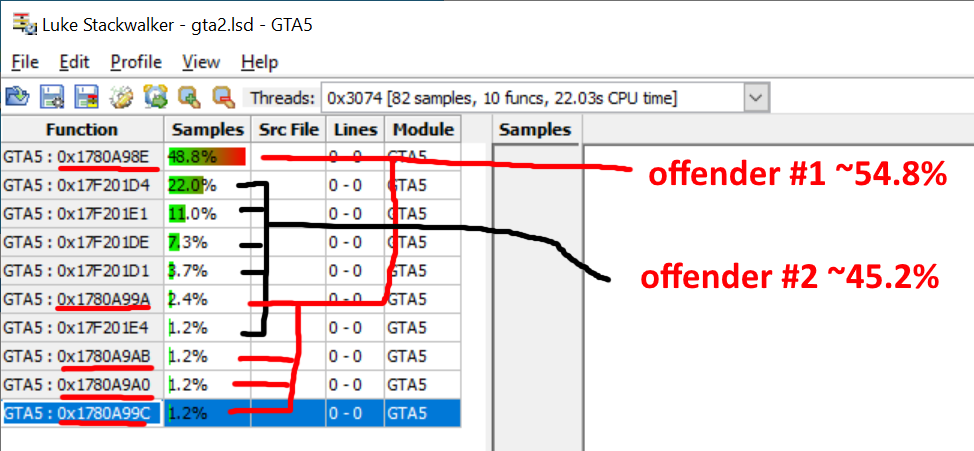A hacker group claims to have broken into the networks of cloud-based surveillance startup Verkada, gaining unfiltered access to thousands and thousands of live security camera feeds in the process.
The hack first gained public attention Tuesday afternoon, when a Twitter user who goes by the name “Tillie” began leaking purported images of the hack onto the internet: “ever wondered what a @Tesla warehouse looks like?” the hacker quipped, dangling a picture of what appears to be an industrial facility.Tillie, who goes by the full name Tillie Kottmann and uses they/them pronouns, is allegedly part of an international hacker collective responsible for having breached Verkada, according to a report from Bloomberg. Once inside, the hackers were able to use the firm’s security feeds to peer into the internal workings of droves of organizations, including medical facilities, psychiatric hospitals, jails, schools and police departments, and even large companies like Tesla, Equinox and Cloudflare. The scope of the hack appears massive.
Among other things, Kottmann implied Tuesday that they could have used their access to Verkada to hack into the laptop of Cloudflare CEO Matthew Prince:
The hacker group has very noticeably courted public attention, calling the intrusion campaign “Operation Panopticon” and claiming they want to “end surveillance capitalism” by bringing attention to the ways in which ubiquitous surveillance dominates people’s lives.
[…]
According to Bloomberg, “Arson Cats” gained entry to the company via a pretty massive security blunder: The hackers discovered a password and username for a Verkada administrative account publicly exposed to the internet. In a Twitter message, Tillie reiterated this to Gizmodo, claiming that once they had compromised the administrator account (called a “super administrator”), they were able to hook into any of the 150,000 video feeds in Verkada’s library.
“The access we had allowed us to impersonate any user of the system and access their view of the platform,” said the hacker, further explaining that the “superadmin rights are also what granted us access to the root shell at the click of a button.”
[…]
Source: Hackers Target Surveillance Firm, Exposing Live Camera Feeds




